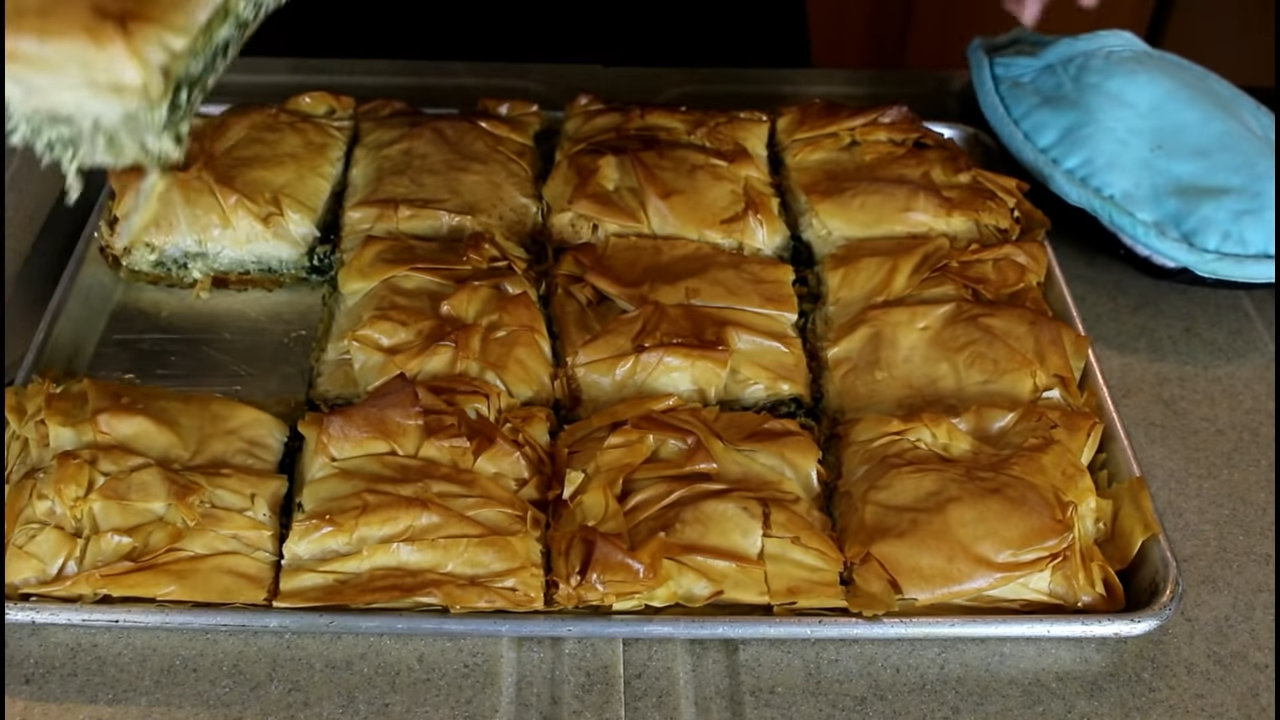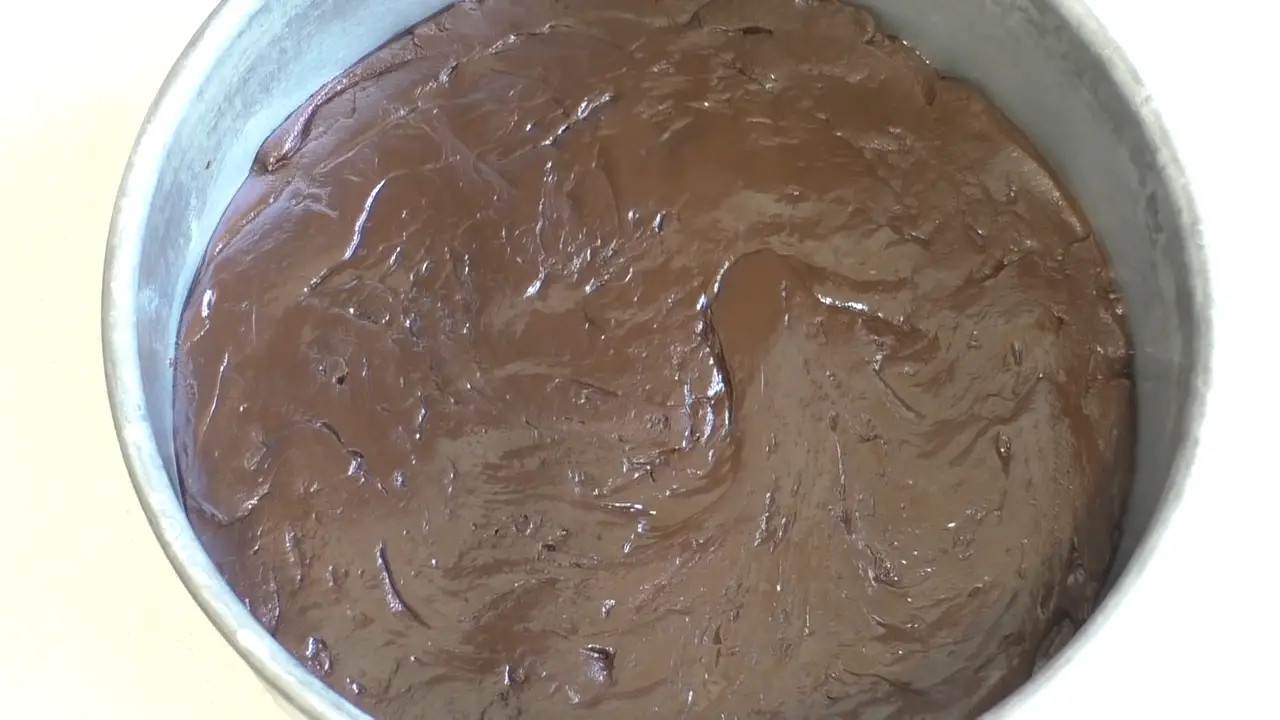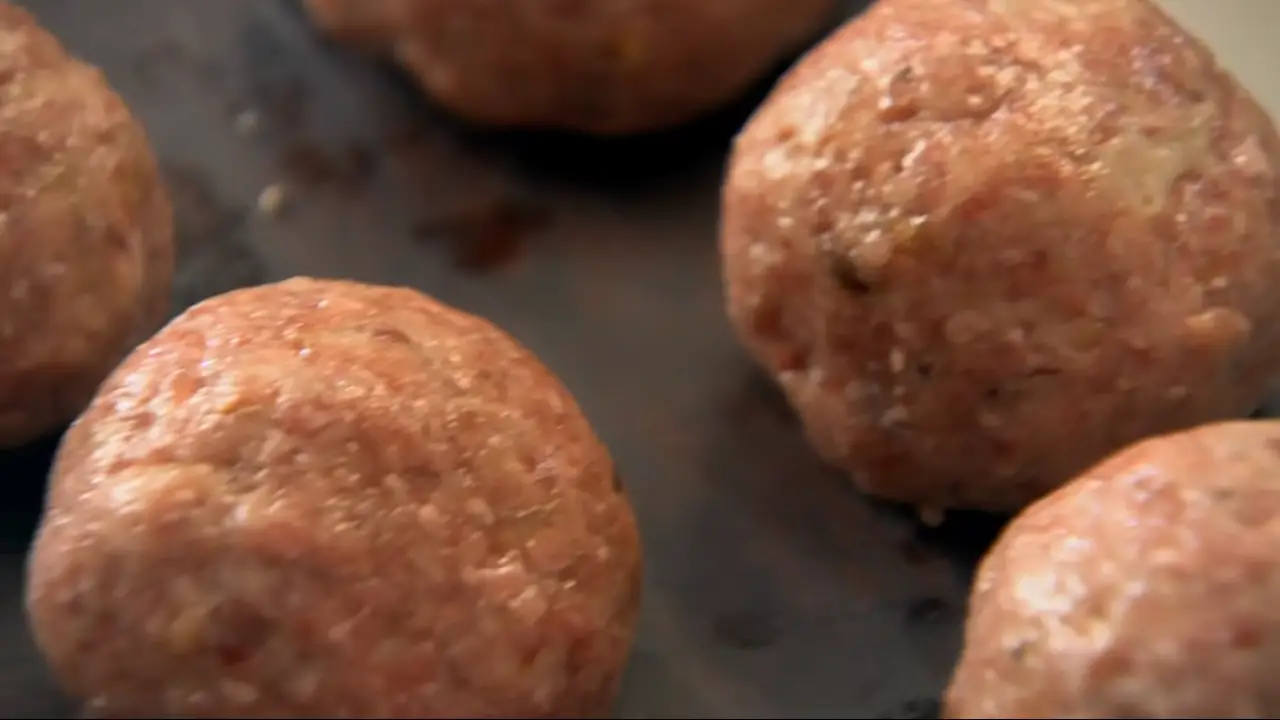Embark on a journey into the heart of pastry perfection as we unravel the secrets behind creating the flakiest croissants. In this expansive exploration, we demystify the seemingly complex world of laminated dough and guide you through the step-by-step process of crafting homemade croissants with ease. Join us on this culinary odyssey, where layers of buttery goodness meet the irresistible crispness that defines the epitome of pastry excellence.
Ingredients:
- All-Purpose Flour (4 cups): The foundation of our dough, providing structure and texture.
- Cold Water (1 cup): Binding the ingredients together and hydrating the dough.
- Milk (1 cup): Contributing richness and tenderness to the croissants.
- Granulated Sugar (1/4 cup): Balancing sweetness and enhancing the overall flavor.
- Active Dry Yeast (1 packet/2 1/4 teaspoons): The leavening agent that brings the dough to life.
- Unsalted Butter (1 1/2 cups, cold): The star of laminated dough, creating layers of flakiness.
- Salt (1 teaspoon): Enhancing the flavor and controlling the yeast’s activity.
- Egg (1, beaten, for egg wash): Providing a glossy finish to the baked croissants.
Instructions:
- Activate the Yeast: In a small bowl, combine the active dry yeast with warm water and a pinch of sugar. Allow it to sit for 5-10 minutes until frothy.
- Mix Dough Ingredients: In a large mixing bowl, combine the flour, cold milk, sugar, activated yeast mixture, and salt. Mix until a dough forms.
- Incorporate Butter: On a floured surface, roll out the dough into a rectangle. Place cold butter in the center and fold the dough over the butter, sealing the edges. Roll the dough into a rectangle again, then fold it into thirds (like a letter). This completes one “fold.”
- Repeat Folds: Repeat the rolling and folding process for a total of three to four folds. This creates layers in the dough, resulting in flakiness.
- Chill the Dough: Wrap the dough in plastic wrap and refrigerate for at least 1 hour between each fold. This allows the butter to remain cold and the gluten to relax.
- Roll and Shape: After the final fold, roll out the dough to a large rectangle. Cut it into triangles, then make a small slit at the base of each triangle. Roll each triangle into a crescent shape.
- Proofing: Place the shaped croissants on a baking sheet, cover with a towel, and let them proof in a warm place for 1-2 hours or until doubled in size.
- Preheat and Egg Wash: Preheat the oven to 400°F (200°C). Brush the croissants with a beaten egg for a shiny finish.
- Bake to Golden Brown: Bake the croissants in the preheated oven for 15-20 minutes or until they are golden brown and flaky.
Cook Notes:
- Cold Butter is Key: Keeping the butter cold is crucial for creating distinct layers in laminated dough. Work quickly to prevent the butter from softening too much.
- Patience with Folding: Allow the dough to rest and chill between folds to ensure optimal flakiness.
- Uniform Shaping: Consistent triangle shapes result in evenly baked and beautifully shaped croissants.
- Room for Creativity: Experiment with different fillings such as chocolate, almond paste, or ham and cheese for a twist on classic croissants.
Variations:
- Chocolate-Filled Delight: Place a piece of dark chocolate at the base of each triangle before rolling for a delightful chocolate-filled surprise.
- Almond Joy: Spread almond paste on the rolled-out dough before shaping for an almond-flavored treat.
- Savory Twist: Fill the croissants with ham and cheese for a savory option. Top with shredded cheese before baking for an extra layer of indulgence.
Keto Version:
For those embracing a keto lifestyle, substitute almond flour for all-purpose flour and use cold coconut oil instead of butter. Be mindful of the net carbs in milk and consider using almond milk or a low-carb alternative.
Low-Carb Version:
Reduce the overall carb content by using a combination of almond flour and coconut flour. Utilize a low-carb sweetener in place of sugar and choose a low-carb milk alternative.
As we conclude this extensive journey into the heart of flaky perfection, envision the aroma of freshly baked croissants wafting through your kitchen—a testament to the rewarding art of laminated dough. Whether you choose the classic route, venture into creative fillings, or opt for a keto or low-carb adaptation, the joy of homemade croissants remains unparalleled. Here’s to the triumph of mastering the art of laminated dough, the joy of biting into layers of flakiness, and the satisfaction of creating a pastry masterpiece in your own kitchen. May your croissants be golden, your layers be plentiful, and your culinary adventures continue to unfold with the magic of homemade perfection!







